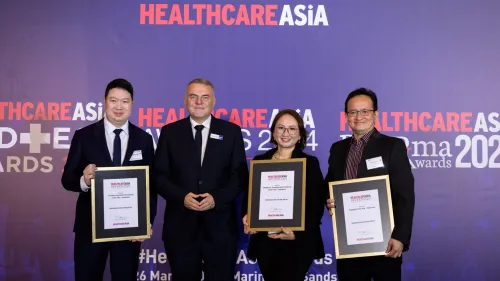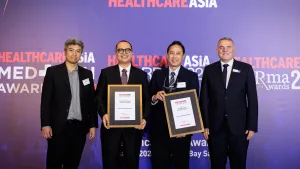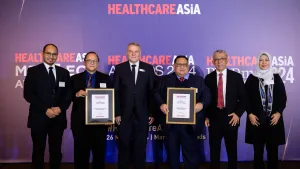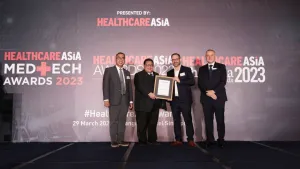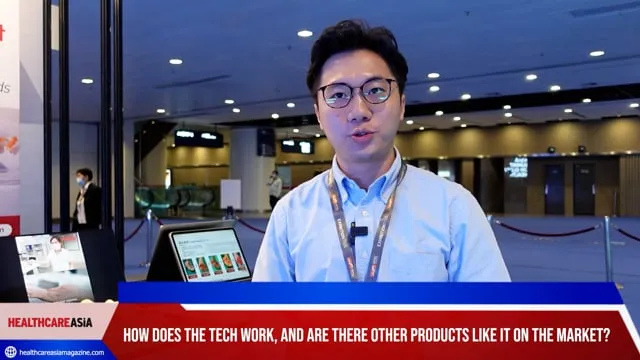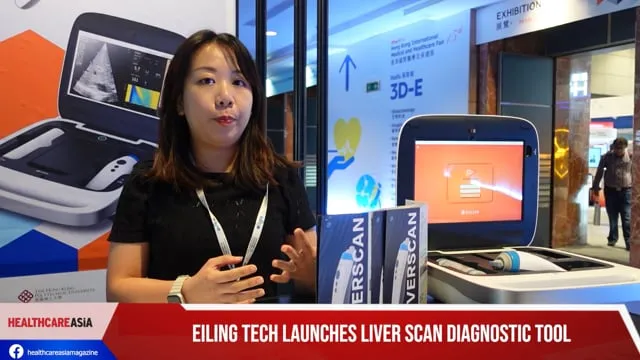
What will drive India's healthcare investments in coming years?
Although the country has the largest youth population, its number of senior citizens are rising.
Trends such as the rising income and the dual burden of disease are likely to boost the demand for investing on healthcare in India as well as influence the nature of health services demanded in the years to come, according to a report from NITI Aayog.
A rising income could result in around 73 million households becoming part of the middle class over the next 10 years, thereby enhancing their purchasing power. It is expected that 8% of Indians will earn more than $12,000 per annum by 2026.
Life expectancy in the country is also expected to surpass 70 years by 2022, and the country’s population is projected to rise to 1.45 billion by 2028, making it the most populous nation globally.
Further, the country has the largest population of youth compared to any country in the world, but the number of senior citizens is also growing. The share of senior citizens in the population will double from 8.6% in 2011 to 16% by 2041.
The country is also facing a dual burden of disease. Whilst communicable diseases still account for 33% of Disability Adjusted Life Years (DALYs) lost, a rising morbidity and mortality cost is now attributable to non-communicable diseases (NCDs) with 55% of DALYs lost.
For instance, India currently has around 60 million diabetics, a number that is expected to swell to 90 million by 2025. It is estimated that every fourth individual in India aged above 18 years has hypertension. Nearly 5.8 million Indians die from NCDs, and the rising NCD burden is projected to cost India $4.58t before 2030.
Lifestyle disorders are also on the rise due to a combination of rising incomes, accelerated pace of urbanisation and increased life expectancy. The fat consumption in diets is growing, which alongside reduced physical activity, is leading to an upswing in obesity, cardiovascular diseases and cancer.
“Additionally, an increase in the prevalence of lifestyle or chronic diseases coupled with higher purchasing capacity will enhance the demand for specialised healthcare. Health insurance coverage is also expected to increase significantly on account of rising income levels and urbanisation,” the report stated.
Medical value travel (MVT) is also driving the growth in India’s healthcare sector. “India is fast emerging as an attractive destination for medical value travellers from across the globe. In particular, wellness tourism is growing faster than global tourism, as an increasing number of consumers are incorporating wellness into their travel plans,” the report added.
Several recent policy measures is also expected to help drive the growth of India’s healthcare sector. These include a rise in public health expenditure to 2.5% of GDP by 2025 and implementation of several large-scale initiatives like Ayushman Bharat.
The government also committed to invest $200b in medical infrastructure by 2024 as well as the roll out of various schemes under the Aatma Nirbhar Bharat Abhiyaan. The Performance-Linked Incentive (PLI) Scheme and the Scheme for Promotion of Medical Device Parks is expected to offer significant financial incentives for investors to manufacture in India.
Other important drivers of growth include the enhanced adoption of telemedicine and other digital technologies in the post-COVID era as well as the emergence of PPP models in healthcare. Chains of private hospitals are increasingly foraying beyond the metropolitan cities into Tier 2 and Tier 3 cities as well.
“More and more private players are seeking accreditation and developing new healthcare models. Further, various states have launched innovative initiatives to attract PPP investments into the healthcare space,” the report added.
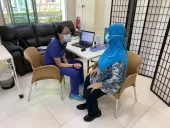

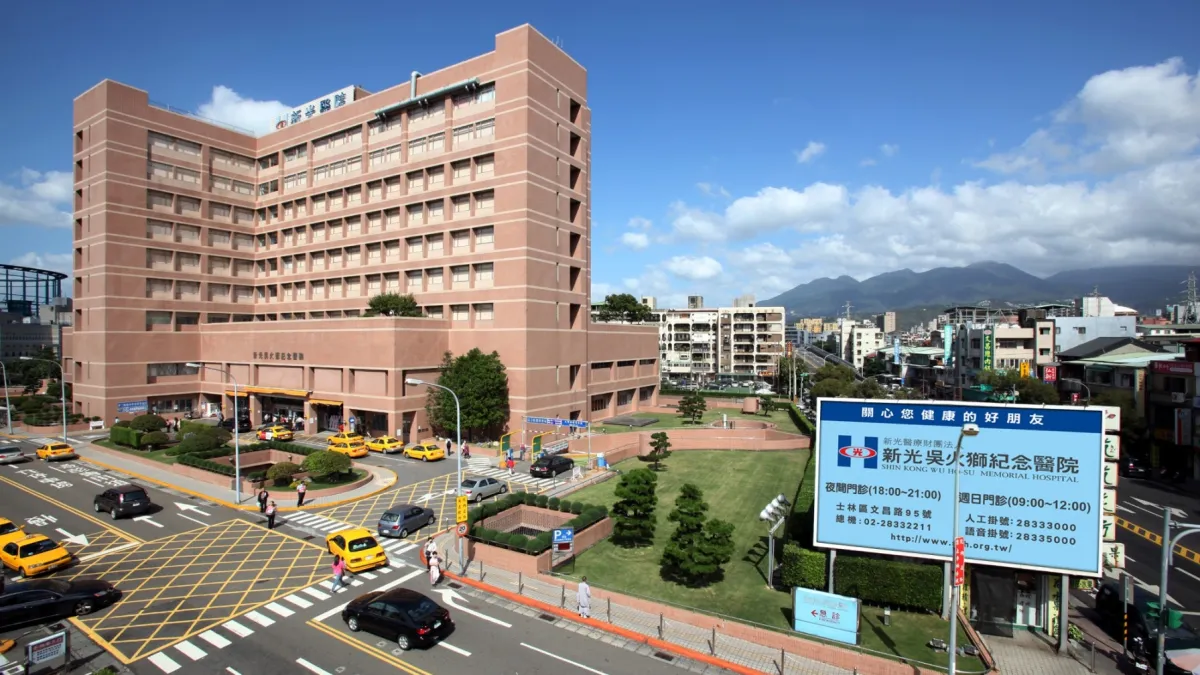

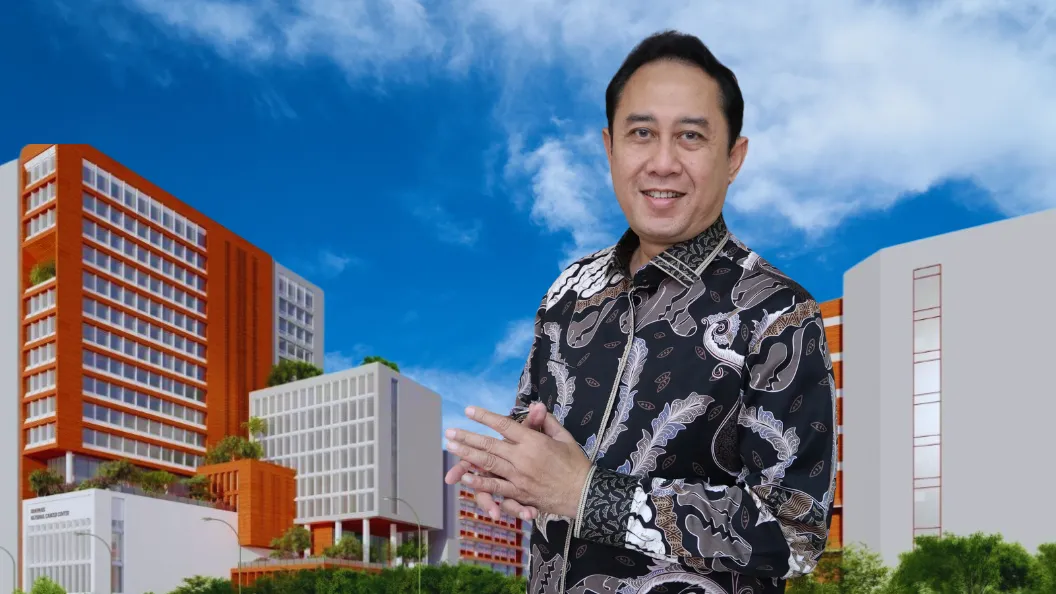
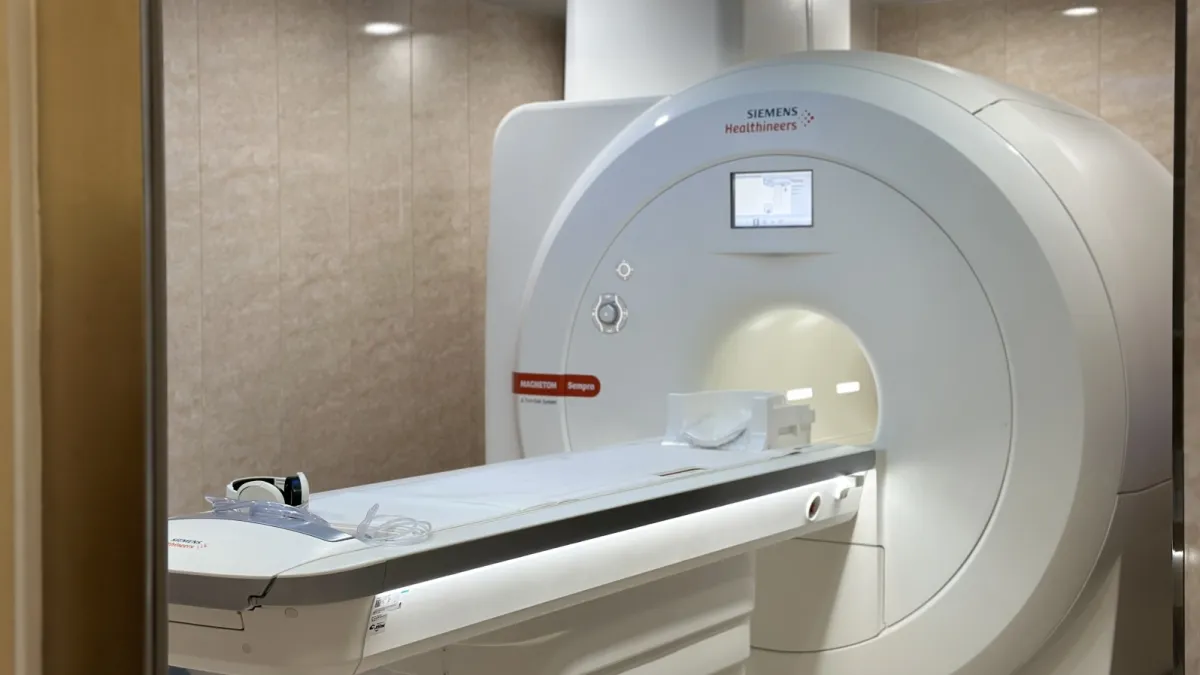




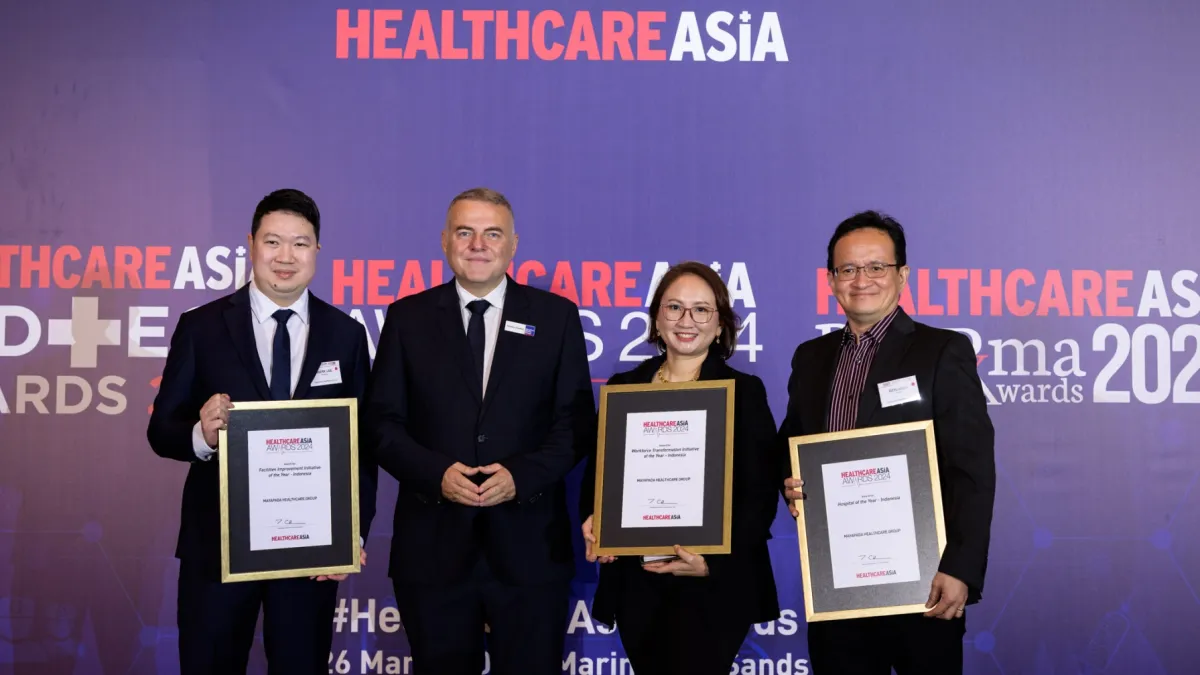
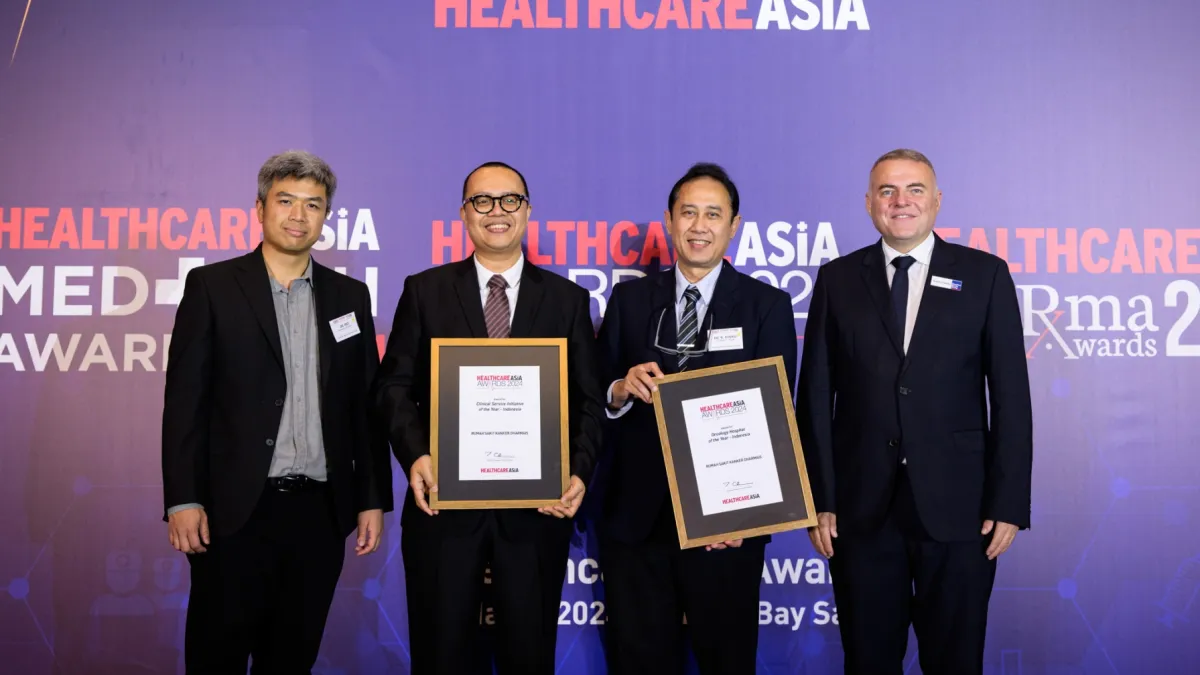

 Advertise
Advertise
